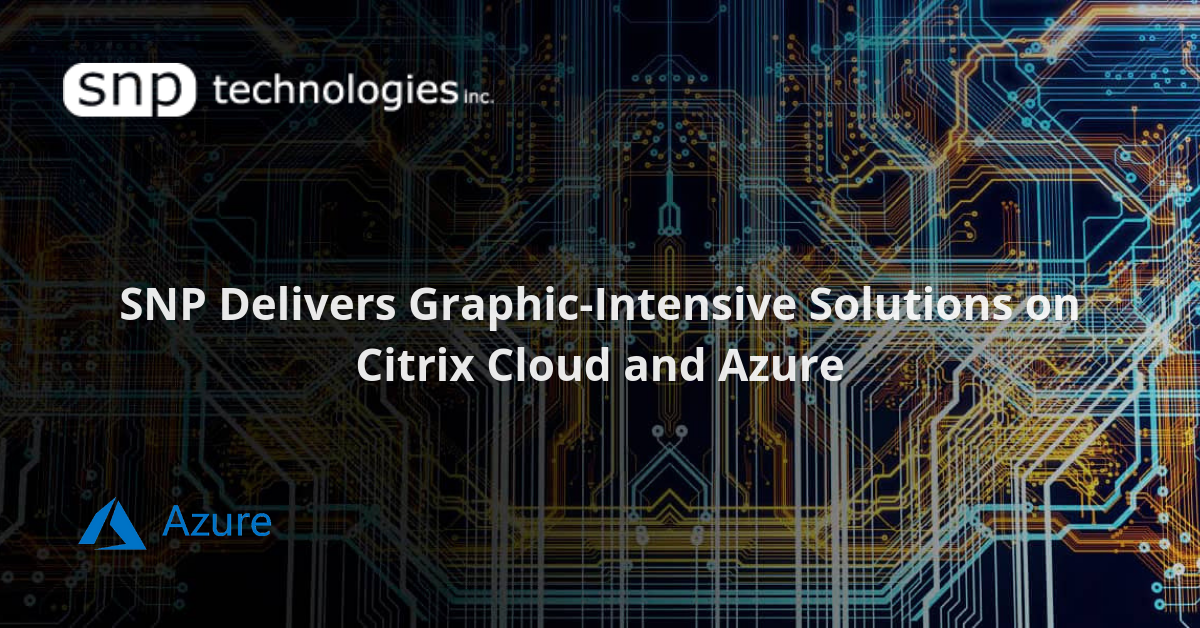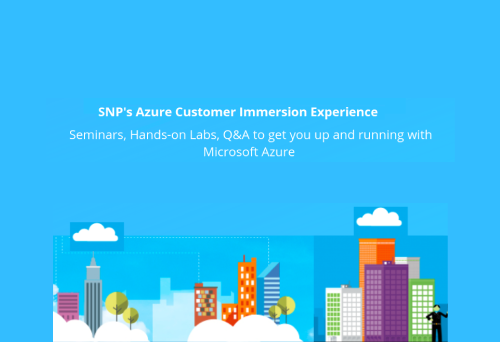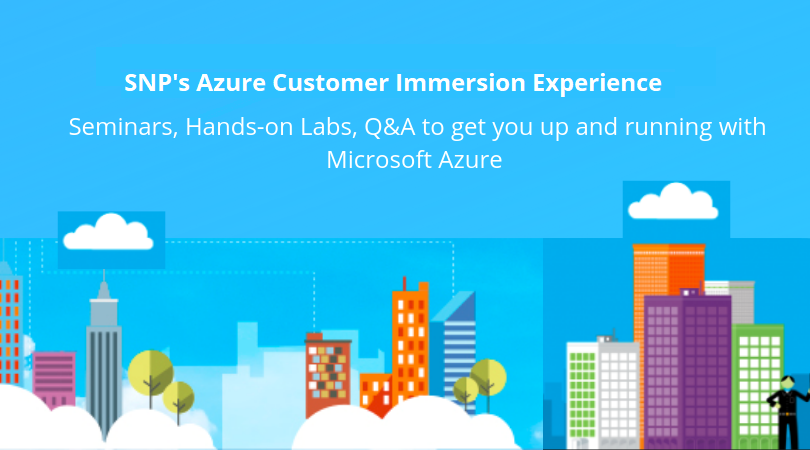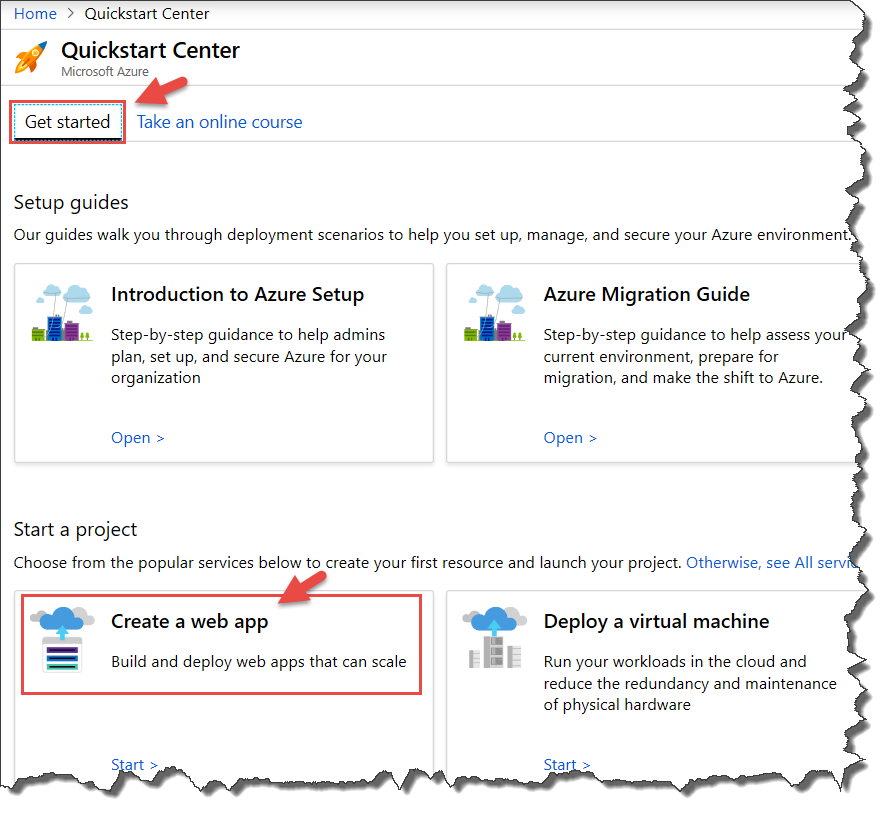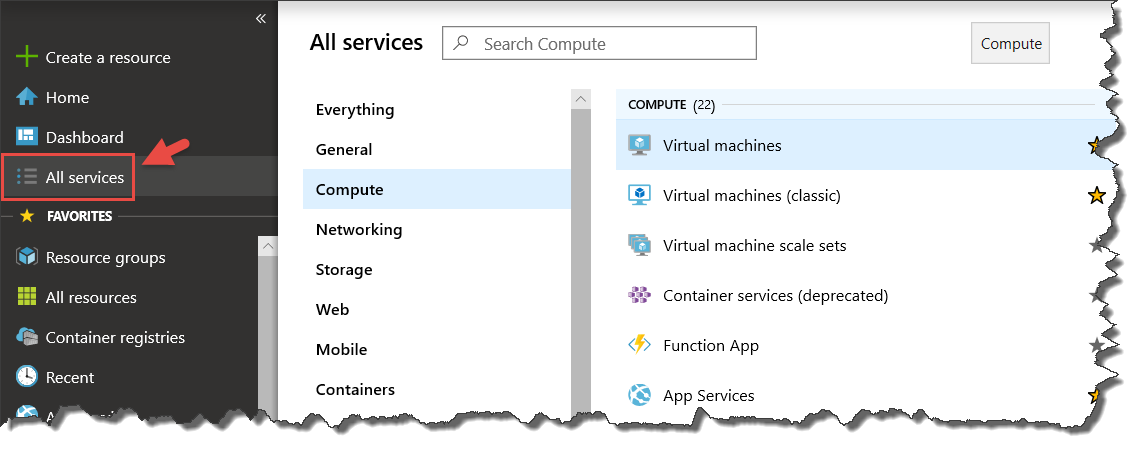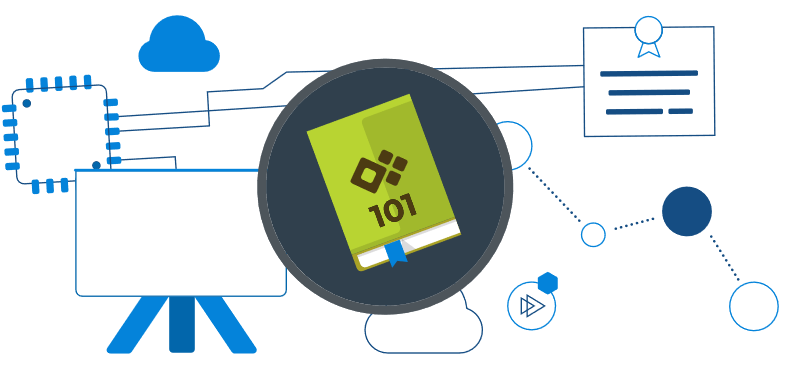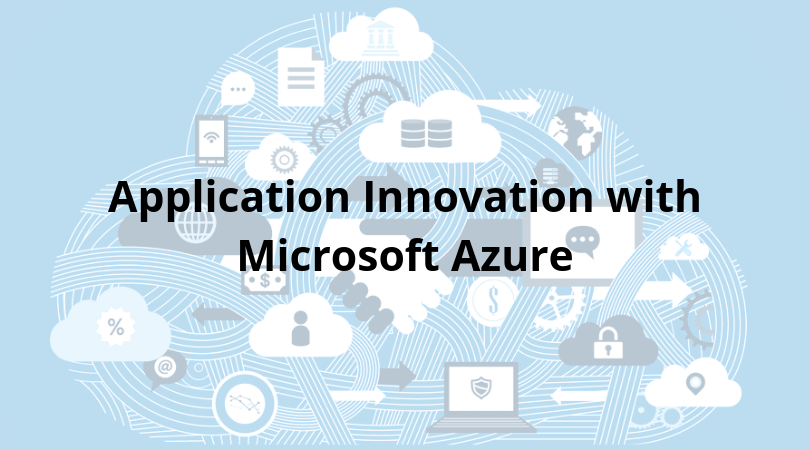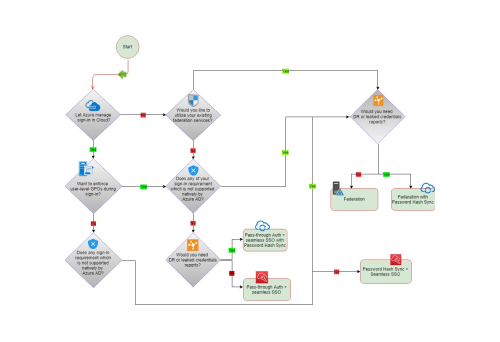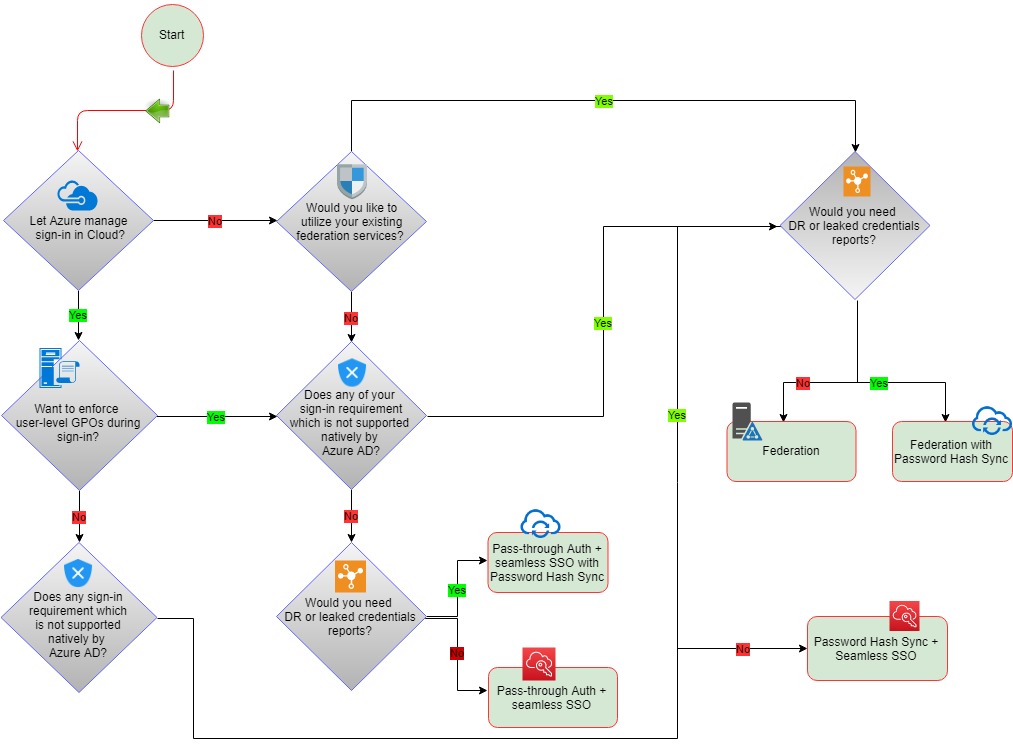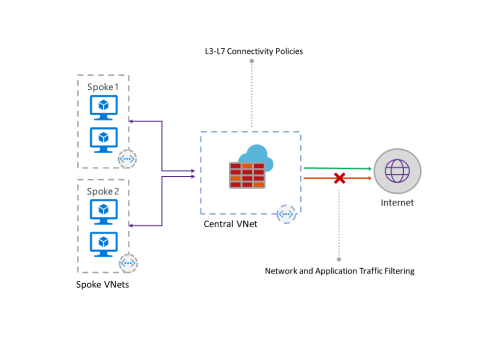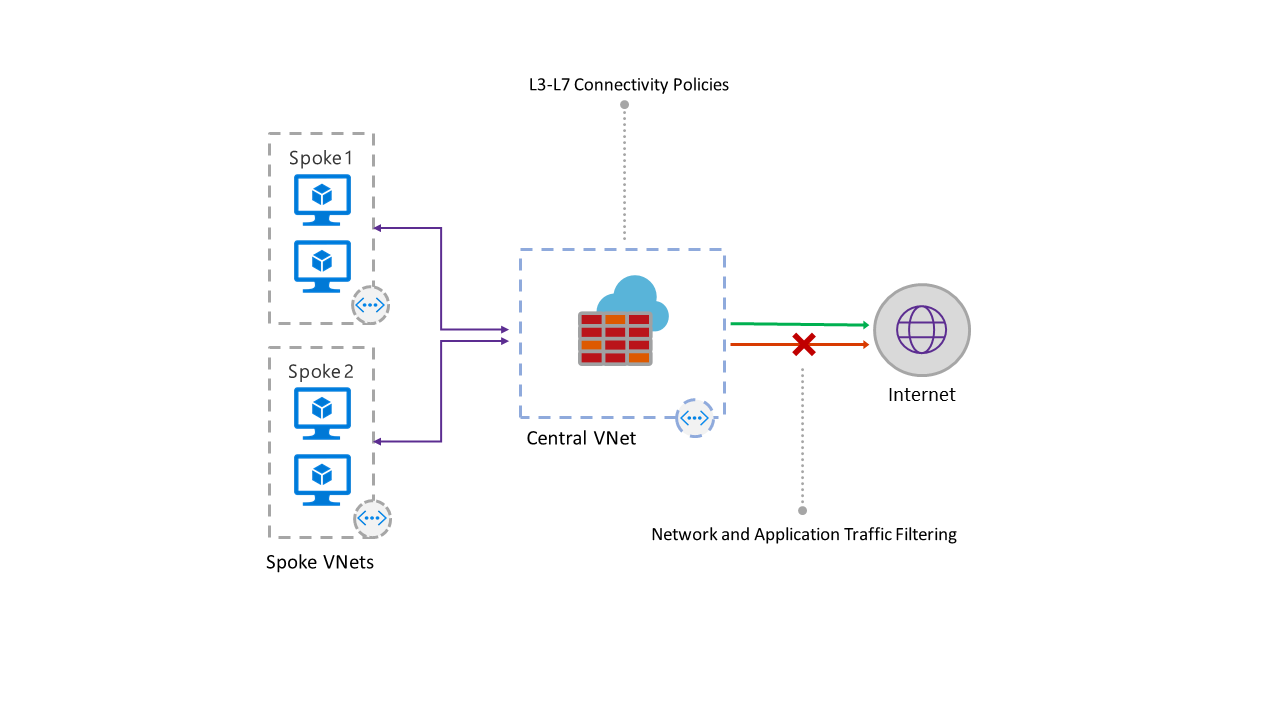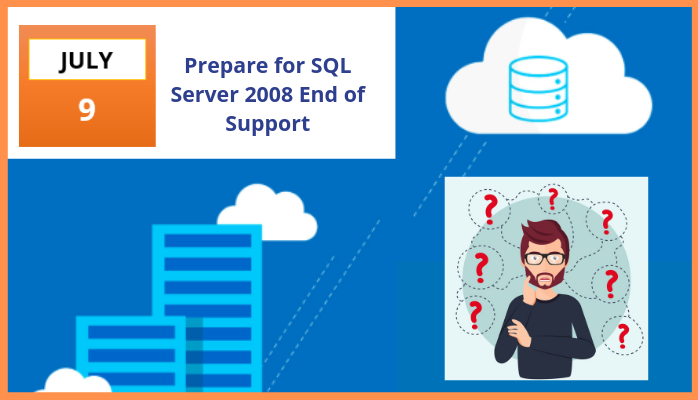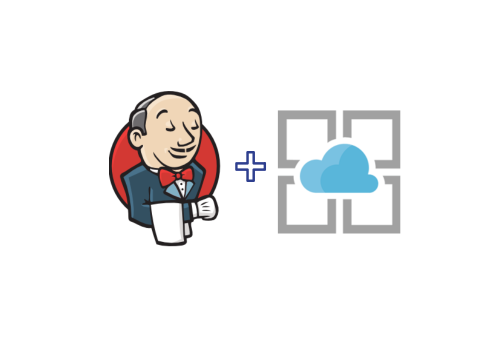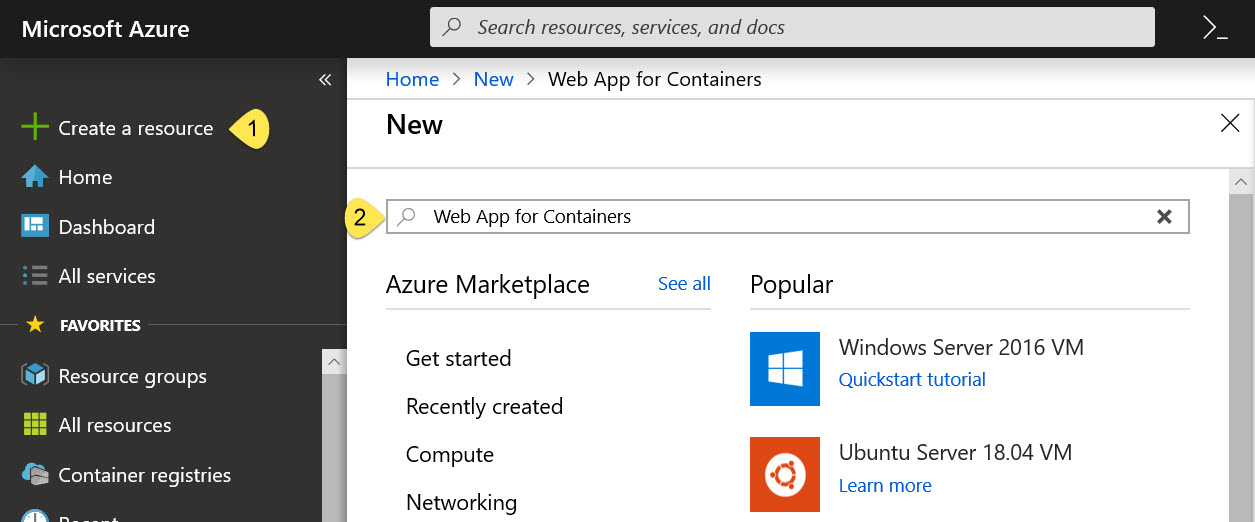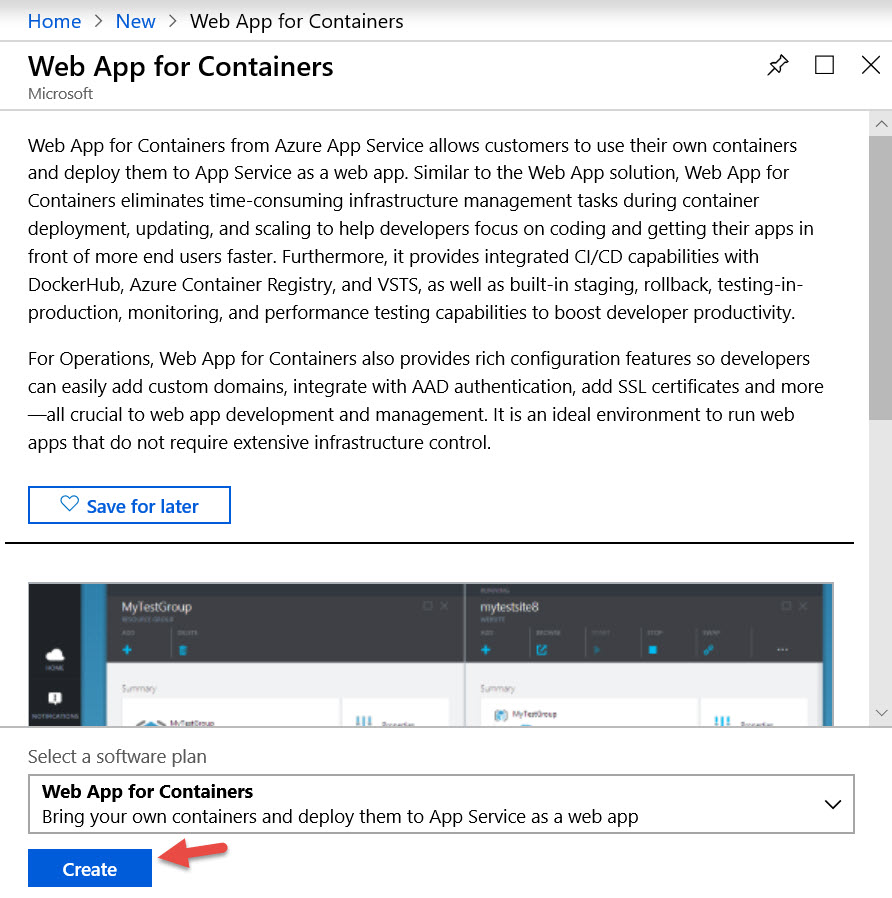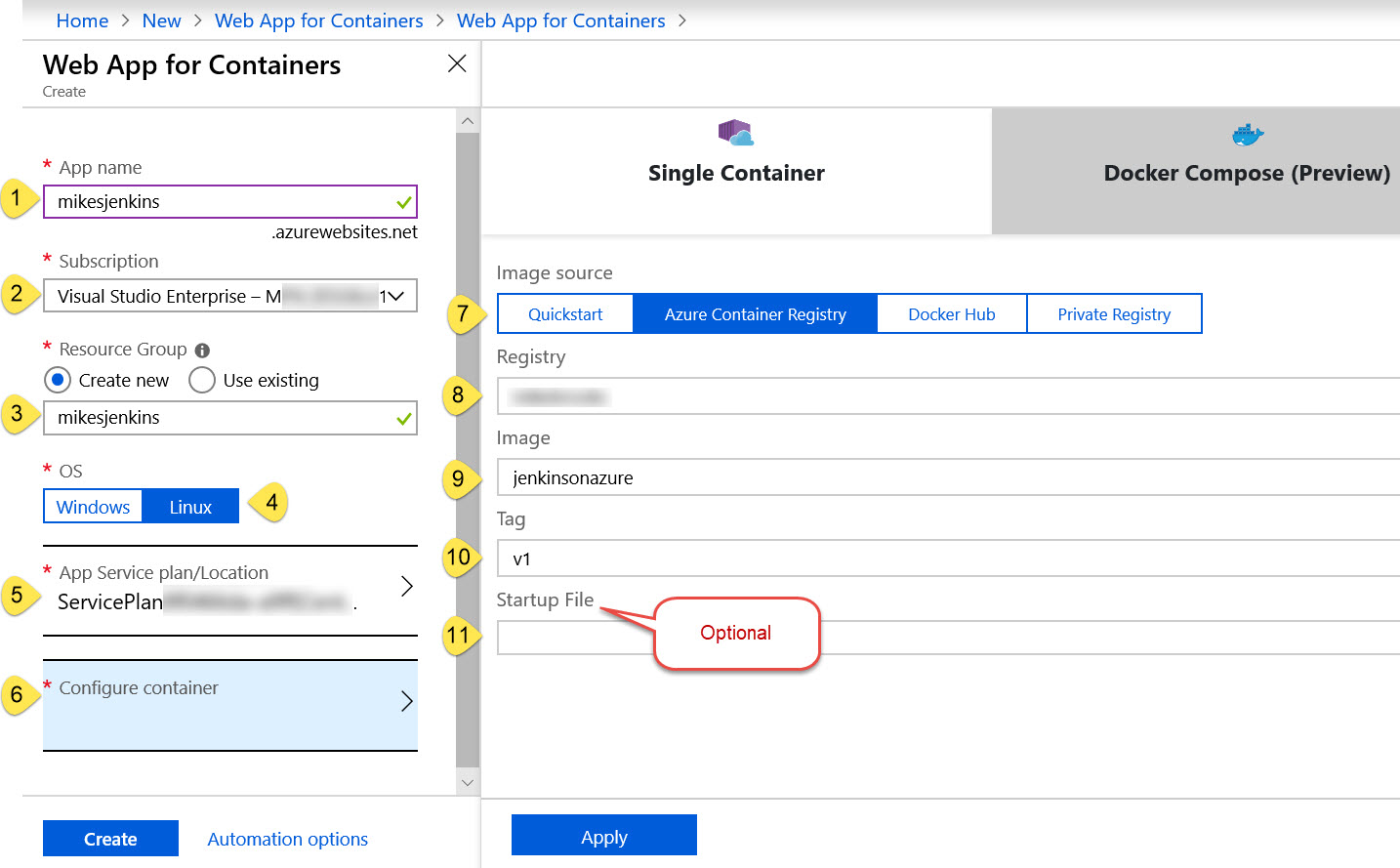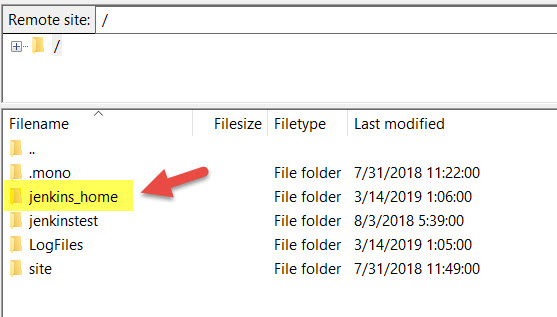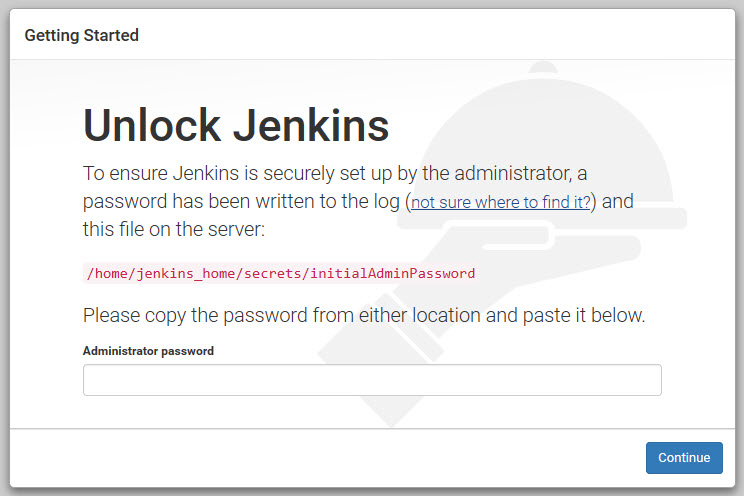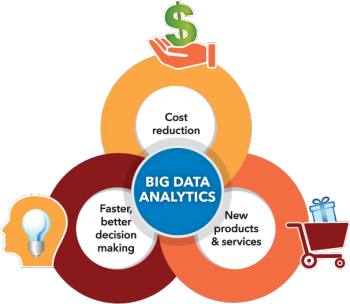Managing data growth effectively is crucial for organizations as they seek to harness the power of data while ensuring scalability, security, and cost efficiency. Microsoft Azure offers a robust suite of tools and services to help organizations manage their growing data needs. Here’s how Azure can assist in managing data growth:
Scalable Storage Solutions
- Azure Blob Storage: Ideal for storing unstructured data, such as images, videos, and backups. It offers scalable capacity and redundancy options, making it easy to store and retrieve large volumes of data.
- Azure Data Lake Storage: Designed for big data analytics, it allows you to store both structured and unstructured data at scale, with hierarchical namespace capabilities for better organization.
- Azure Files and Azure Disks: Provide managed file shares and persistent disk storage for applications running in Azure, allowing for easy scaling as data needs grow.
Data Management and Governance
- Azure Data Catalog: A fully managed service that helps you discover, understand, and consume data sources. It provides metadata management and data governance capabilities to ensure data quality and compliance.
- Azure Purview: A unified data governance solution that enables you to classify, manage, and govern data across your Azure environment, providing visibility into data assets and compliance.
Data Analytics and Insights
- Azure Synapse Analytics: An integrated analytics service that combines big data and data warehousing. It enables you to analyze large volumes of data from various sources and gain insights through powerful querying capabilities.
- Power BI: A business analytics tool that helps visualize data and share insights across your organization, making it easier to understand data growth trends and inform strategic decisions.
Data Protection and Security
- Azure Backup: Provides a reliable and scalable backup solution for your data, protecting against loss due to accidental deletion, corruption, or disasters.
- Azure Security Center: Helps secure your data with advanced threat protection, providing security management and threat detection capabilities to protect your Azure resources.
Automated Scaling and Performance Management
- Azure Autoscale: Automatically adjusts resources based on demand, ensuring that applications can handle data growth without manual intervention. This helps optimize costs while maintaining performance.
- Azure Monitor: Provides comprehensive monitoring and analytics capabilities to track performance metrics and set alerts, helping you manage resource utilization effectively as data grows.
Cost Management and Optimization
- Azure Cost Management and Billing: Helps track and manage cloud spending, providing insights and recommendations to optimize costs as data storage and processing requirements increase.
- Reserved Instances: Allow you to save on compute costs by committing to a one- or three-year term, which can be beneficial as data processing needs expand.
Conclusion
Microsoft Azure provides a comprehensive suite of services and tools to help organizations manage data growth effectively. By leveraging scalable storage solutions, robust data governance, advanced analytics, and automated management features, businesses can ensure that their data infrastructure supports their growth objectives while maintaining security and cost efficiency. Embracing these Azure capabilities allows organizations to harness the power of their data and make informed, data-driven decisions.
For more information about how you can manage your data with Azure, contact our Azure experts here




